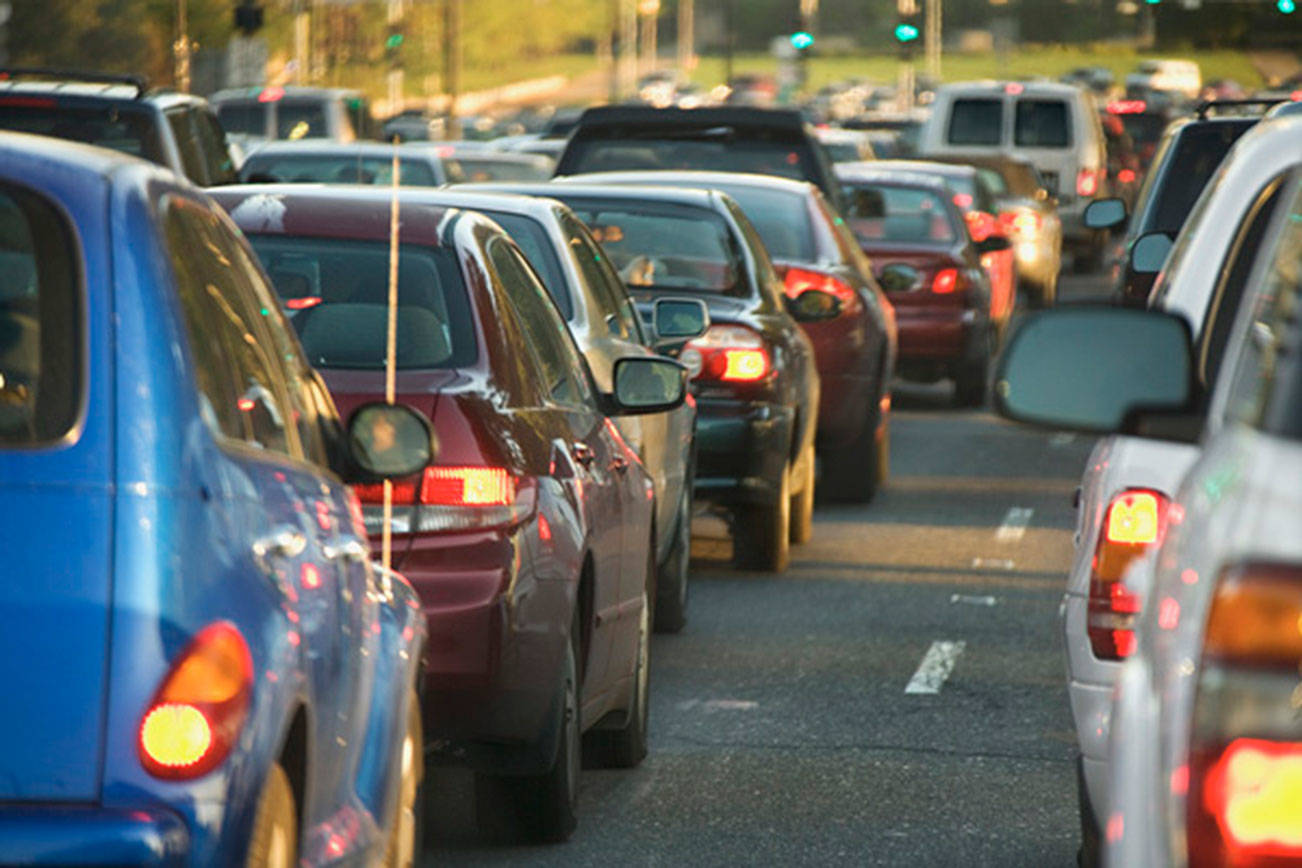Sometimes, people drive much too fast for their own safety or that of others.
And sometimes, there are just too many cars on a residential street for residential comfort.
And, as sometimes happens, when the irritation and problems so provoked reach such a fevered pitch that incensed Auburn residents just have to call in and demand that the city do something, for heaven’s sake, do something, there are people in charge of making that something happen.
Like, slowing ‘em down.
On Monday evening, City Engineer Ingrid Gaub educated the Auburn City Council about the City’s methods to stop the madness.
Typically, Gaub said, the process starts when an individual, a business, a homeowner’s association, even the Auburn Police Department, takes the hot complaint to the City of Auburn, where it makes its way to the big brains who run the Traffic Calming Program.
That is, to people like Gaub, who actually study whether speed bumps and the like are justified.
Didn’t know the City had a Traffic Calming Program? Well, it does, and it operates on a slender $100,000 annual budget.
Gaub said that when complaints come in, especially from a homeowner’s association or from individuals, the traffic-calming contingent talks with the complainant about what the program is, how long it takes to go through and whether anybody has recently studied the troubled area.
“Once we’ve kind of looked at that and determined whether we really need to do a radar study, we’ll actually put it on the schedule. We typically have a backlog of anywhere from 8 to 12 requests at any one time, so it can take up to 12 weeks to get a radar study done from the initial request,” Gaub said.
Radar studies can be done 24 hours a day, seven days a week.
Next, the traffic calming folk evaluate the data to determine whether there really is an issue that demands action, and then identify the appropriate ways to tackle the problem.
Doing it for specific events requires study at a specific time to determine whether there is an impact from event traffic going through a neighborhood, Gaub said.
And sometimes, contrary to the consternation of the annoyed, there isn’t.
“We have done that in one particular neighborhood, and the results of that particular study did not show any true increase in the traffic that they were seeing,” Gaub said, adding “there’s often a lot of that perception in a neighborhood that people are going fast, because they are going faster than your comfortable standards.”
The City uses its own guidelines and national standards for the traffic calming program, and the nationally-accepted standard is the 85th percentile speed, meaning 85 percent of the vehicles are going at or below free-flowing traffic conditions, and 15 percent are not.
“The more anomalous issue is when you have somebody who is going 100 miles an hour down a residential street,” Gaub said. “One of the things we don’t know at that time – because we are doing this through the little black radar box out there watching the traffic – is whether that could be the police department out there, responding to an issue. Not that they would drive 100 miles an hour on a 25-mile-per -hour street. … That’s partly why we don’t base everything off what is the highest speed. We look at what the majority of the traffic is, to make sure that it’s really appropriate for us to do something.”
Ninety percent of the time, Gaub added, the radar results fall within the City’s parameters, and don’t meet the need for traffic-calming measures.
“The issue with the higher speeds is bad behavior by drivers, and that typically cannot be remedies by traffic-calming measures. They are choosing to speed, and they are choosing to speed at an excessive speed,” Gaub said.
And when the speeds recorded are 5 miles an hour and above the posted speed limit on a residential street, and 10 miles an hour and over on arterials, the traffic calmers begin to seriously ask, which, of several measures, including speed bumps, can the City effect, Gaub said.


